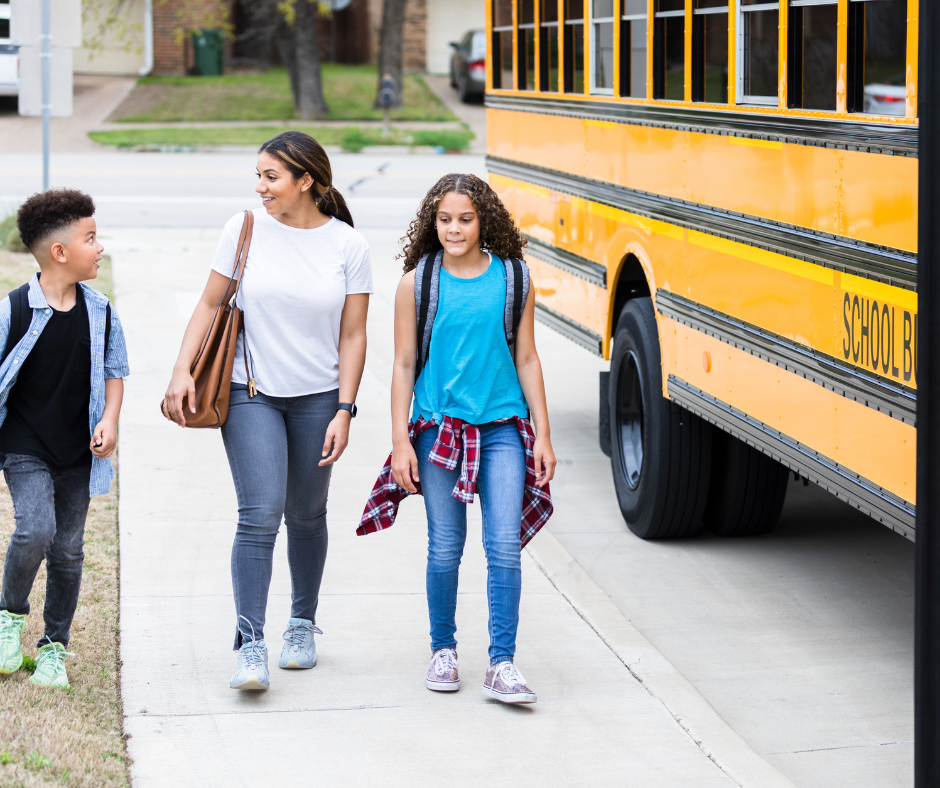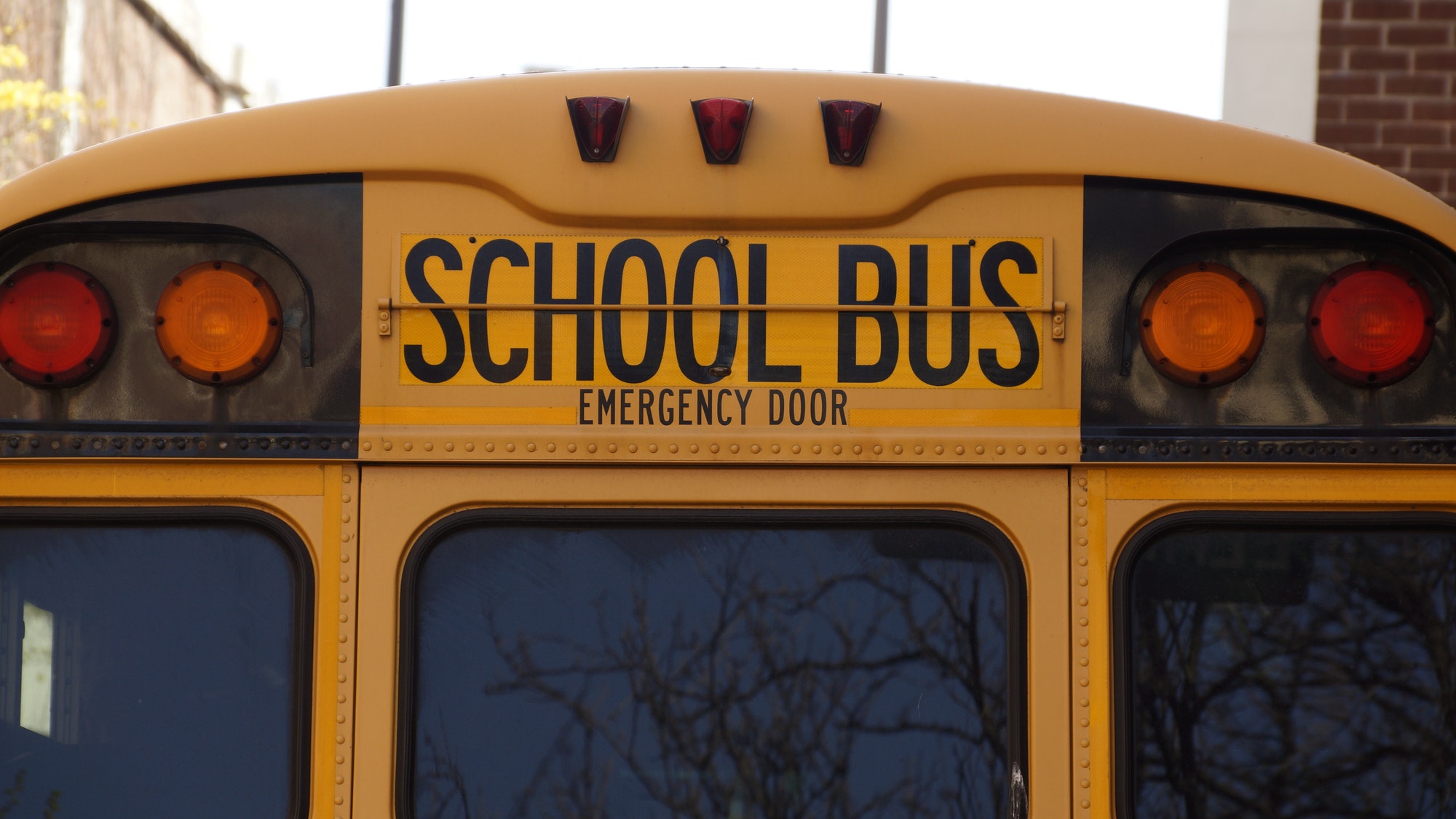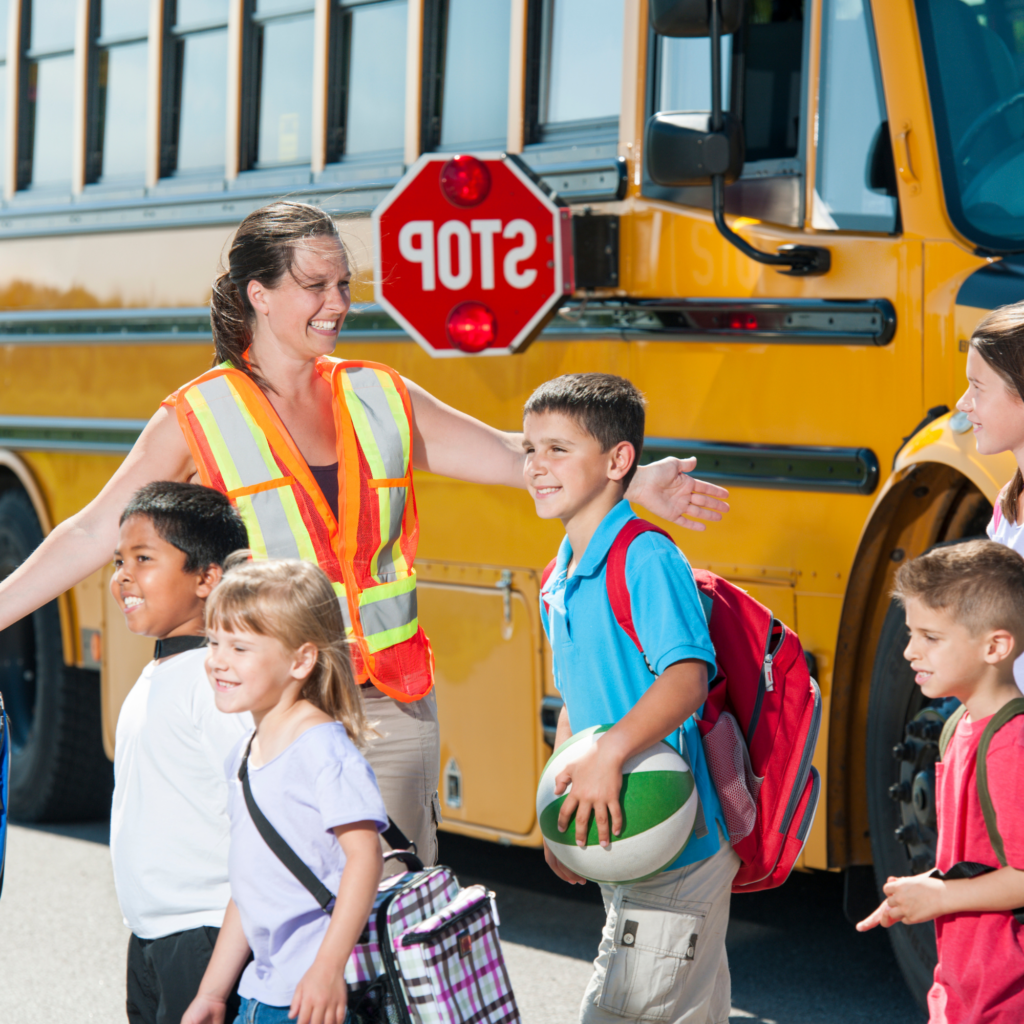School Bus Safety
More than 20 million kids ride the bus to school daily in the United States. Taking the school bus is actually said to be one of the safest ways to get to and from school. According to the national safety council “riding a bus to school is 13 times safer than riding in the family vehicle and 10 times safer than walking”. There are many safety measures already put in place to make sure kids are secure from the time of dismissal until they arrive home.
The school bus itself has an array of safety features, which allow it to be an extremely reliable form of transportation for students. Some of these features include the color, size, and height. Let’s not forget about the flashing lights, stop sign arms, fire exits, and cross view mirrors. All of these features allow for more security than a car. The law even protects children by having all cars stop when a school bus’ lights flash.
In addition to the safety features of the bus, the drivers are also trained experts in child safety. They have specialized training in student behavior management, security, and emergency procedures. They are also required to have background checks, and periodic medical exams, as well as random drug tests to ensure they are operating the buses to the best of their ability at all times. The school bus industry has to meet federal and state laws and they are dedicated to continuing to make school buses the safest form of transportation for students.

School Dismissal Safety
The school bus itself is safe, but what about the school bus dismissal process? This is an area that concerns parents, teachers, and school administrators alike. The dismissal process can be a chaotic and potentially dangerous time for students, as they are often in a hurry to leave and may not be paying attention to their surroundings. The following are some steps that schools can take to enhance bus dismissal safety:
- Develop a bus dismissal plan: Schools should have a well-thought-out dismissal plan that outlines the procedures during dismissal in order to ensure that all students are safely dismissed and transported home on the bus. This plan should include smooth dismissal from the classroom to the bus, a record of the student getting on the bus, which bus the student gets on, and when the bus leaves.
- Train school staff: All staff members, including teachers, administrators, and support staff, should be trained on the school’s bus dismissal plan. This will ensure that everyone knows their roles and responsibilities during dismissal and communicate effectively with each other.
- Train school bus drivers: Drivers should receive regular training on emergency response protocol and procedures. Additionally, all transportation staff should be trained to recognize and respond to potential safety hazards, such as inclement weather, traffic congestion, or student behavior issues.
- Communicate with parents and guardians: Schools should communicate the dismissal plan with parents and guardians, including any changes or updates to the buses should one occur. Updates could include late buses or altered routes so parents aren’t worried when their kid hasn’t arrived to their bus stop at their schedule time.
- Monitor the dismissal process: Schools should monitor the dismissal process to ensure that students are leaving the school safely and that there are no potential safety hazards.
- Review and update the plan: Schools should review and update the dismissal plan regularly to reflect any changes in the school’s facilities, transportation options, or staff responsibilities.

Bus Dismissal Management Tools
One of the primary ways to improve school bus dismissal safety is to use technology to streamline the process. Platforms like Pikmykid offer a range of features designed to enhance student safety during school dismissal. For example, digital dismissal management tools can ensure that students are safely dismissed according to an orderly plan, reducing the risk of confusion or miscommunication.
The kids can stay in their safe, designated area until it is time to board the bus in which their boarding can also be recorded and conveyed digitally in real time. This eliminates any random roaming around hallways or outside while waiting for their time to get on the bus and also has a record of the kid’s wearabouts until they physically leave the school and are on their way home.
If there is a bus delay or breakdown, the digital messenger allows you to notify the parents immediately. Additionally, real-time notifications of when school buses leave the school and who got on the bus can help school administrators field any questions or concerns from parents calling to question the location of their kid.

Educating kids on school bus safety
Schools can also take steps to educate students on safe bus behavior. Students should be taught to follow safety rules, such as staying in their seats while the bus is in motion and keeping their hands and arms inside the bus. Additionally, students should be encouraged to report any safety concerns or issues to their bus driver or a trusted adult.
Here are some helpful tips to pass on to your kids:
When walking to the bus stop be sure students:
- Go directly to the stop
- Look both ways before crossing the street
- Avoid traffic
- Do not speak to anyone they do not know
When waiting for the bus be sure students:
- Do not go into the road
- Are paying attention for the bus to arrive
- Do not try to get on the bus until it is fully stopped
- Watch their step as they get on the bus
- Hold on to the handrails when getting on the bus
When on the bus be sure students:
- Stay in their seat
- Do not walk through the aisle
- Use an inside voice at all times
- Do not pick on any other child on the bus
- Have all of their belongings before getting off the bus
When exiting the bus be sure your child:
- Holds on to the handrail and watch their step
- Waits until the driver motions to go until they cross
- Makes sure the driver can see you
- Looks back and forth across the street multiple times
- Keeps their distance from the wheels of the bus
- Is aware of their surroundings
Success with Safe Bus Dismissal
As we know, we can’t control everything that happens in the life of our kids, but we can ensure that what we do have control over is executed as safely and smoothly as possible. School bus dismissal safety is a crucial issue that requires the attention and efforts of all stakeholders.
By using technology, providing proper training to transportation staff, creating effective lines of communication and educating students on safe bus behavior, we can work together to ensure that all students are safely dismissed and transported home.



